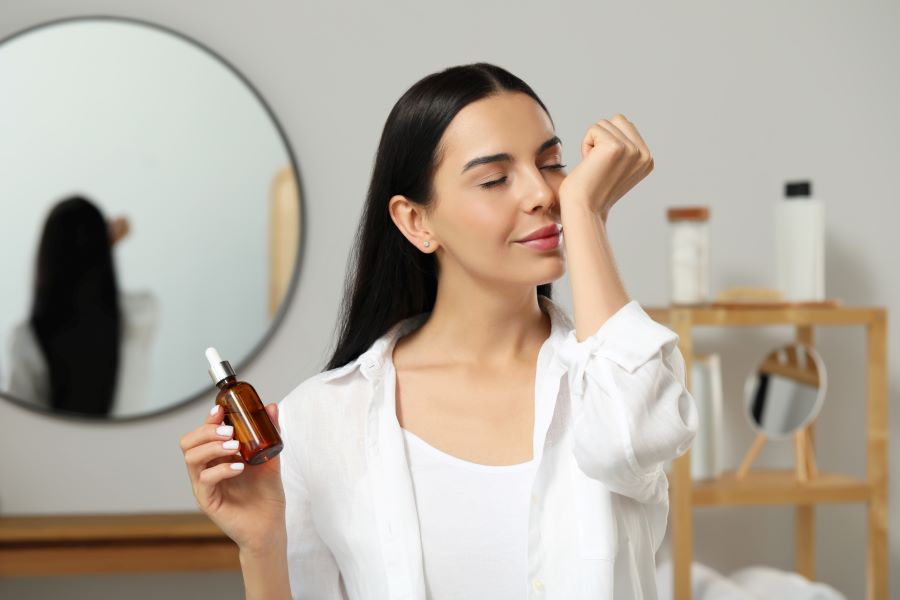Understanding Perfumes: Scents, Composition, and Use
Perfume is a crafted blend of aromatic ingredients designed to evoke mood, memory, or identity through scent. Across cultures and markets, perfume and fragrance play roles in personal expression, fashion, and beauty routines. This article explains how perfumes are composed, how they interact with skin, and practical guidance for choosing and caring for scents, with attention to women’s preferences and luxury offerings.

What defines a perfume and fragrance?
Perfume refers to a concentrated aromatic formulation, while fragrance is a broader term that covers any scented product. Typical perfumes combine essential oils, aroma compounds, solvents (often alcohol), and fixatives. Perfumery uses a structure of top, heart (middle), and base notes: top notes create the initial impression, heart notes form the core personality as the top fades, and base notes provide lasting depth and sillage. Concentration labels—parfum, eau de parfum, eau de toilette—indicate the relative amount of aromatic compounds, which affects how long a scent lasts on skin and how it projects into the air.
A fragrance’s family—floral, citrus, oriental, woody, green, or gourmand—helps classify its dominant character. Understanding these components and classifications can make it easier to compare perfumes and articulate what you like or dislike about a particular scent.
How do perfumes suit women’s preferences?
Preferences among women vary widely and are shaped by cultural context, personal memories, and situational needs. Some women favor light, citrus or aquatic fragrances for daytime and warmer months, while others prefer richer florals or oriental blends for evening wear. Skin chemistry—pH, natural oils, and even diet—can alter how a perfume unfolds, so the same fragrance may smell different on different people.
When exploring options, sampling on skin rather than paper is important. Wear a test sample for several hours to observe how top, heart, and base notes develop. Consider the occasion, the climate in your area, and whether you prefer a signature scent or a small rotation of fragrances for variety.
What makes a luxury perfume different?
Luxury perfumes often emphasize rare or carefully sourced ingredients, distinctive compositions, and artisanal production methods. Niche perfumers may use higher concentrations of natural absolutes or unique synthetic molecules to achieve complex effects, while luxury brands invest in presentation, packaging, and storytelling as part of the product experience. Heritage and brand history can also influence perceived value, as can limited editions and collaborations.
That said, luxury does not always mean universally preferable: some mainstream fragrances offer excellent quality and longevity at more accessible price points. Evaluating a perfume on its scent profile, performance, and how it resonates with the wearer is more reliable than relying solely on brand or price.
How does fragrance relate to beauty routines?
Fragrance can be integrated into beauty routines alongside skincare, makeup, and haircare. Layering complementary scented products—such as lightly fragranced body lotion followed by a matching perfume—can enhance longevity and create a cohesive scent experience. Apply perfume after moisturizing, since hydrated skin helps scents last longer. Common application points include the wrists, inner elbows, behind the ears, and along the décolletage; these areas are warmer and help diffuse scent.
Be mindful of interactions between scented skincare and perfume: very aromatic creams or oils can alter a perfume’s balance. For professional or close-contact settings, opt for subtler concentrations or minimal application to maintain comfort for others.
How to choose and store a perfume?
Choosing a perfume starts with sampling: spray on skin, wear it through the stages of development, and take notes about what you like. Try fragrances in the morning and evening, and test across different days to account for mood and environment. Consider creating a shortlist and comparing them side by side with breaks in between to avoid olfactory fatigue.
Store perfumes in a cool, dark place away from direct sunlight and temperature fluctuations. Heat, light, and air can degrade aromatic molecules, altering a fragrance over time. Keep bottles tightly closed when not in use and avoid storing them in the bathroom where humidity and heat spikes are common. For travel, use atomizers or decant small amounts to protect the original bottle while carrying a practical size.
Conclusion
Perfumes combine art and chemistry to create personal and cultural meaning through scent. Understanding fragrance structure, how scents interact with skin, and practical considerations—such as sampling, storage, and how perfumes fit into beauty routines—helps you make informed choices. Whether exploring mainstream lines or niche luxury houses, focusing on personal preference and the way a scent evolves on your skin will guide you to fragrances that feel right for daily life or special occasions.






